 |
|
Ancient Theater in Turkey Laodicea (or Laodikeia) West-Theatre |
||||||||||||
|
|
|
|||||||||||
|
||||||||||||
|
The smaller, originally Hellenistic theatre was built completely in the slope of the city hill. The stage house had a height of 6-7 meters. |
||||||||||||
| The history of Laodicea: | ||||||||||||
|
Laodikeia on Lykos was an ancient city in the Phrygian region. It lies 6 km north of today's Denizli and 10 km south of Pamukkale, respectively Hierapolis, on the river Lykos (today Çürüksu Çayı), a tributary of the meander. First settlements in the area around Denizli are dated to about 4000 BC. The area was conquered or settled by Hittites, Phrygians, Greeks, Romans, Seljuks and Mongols. Laodikeia was founded by Antiochos II between 261 and 253 BC in place of an older settlement called Diospolis and named after his wife Laodike. In Roman times, the city was regarded as an economic centre. Marcus Tullius Cicero was in his year as proconsul in Cilicia 51/50 B.C. among other things responsible for the jurisdiction of the eight judicial districts of his province. This also applies to Laodikeia, the centre of a judicial district in the province of Asia. For this purpose he stayed in Laodikeia from 13 February to 15 March of the year 50 BC.
In Roman times Laodikeia was an important cotton growing area. Laodikeia is close (8 km) to the thermal baths of Hierapolis (today Pamukkale). A certain red plant root could be diluted with the water from Hierapolis and then turn black fabrics purple. More and more purple fabrics were produced in the Roman Empire in Laodikeia, e.g. the purple sails of Cleopatra. In the 1st century A.D. Laodikeia was severely devastated by earthquakes twice, under the emperors Tiberius and Nero, but recovered by its own efforts. |
||||||||||||
|
2014 |
||||||||||||
|
|
||||||||||||
|
|
||||||||||||
|
|
||||||||||||
|
|
||||||||||||
|
|
||||||||||||
|
|
||||||||||||
|
|
||||||||||||
|
2017 |
||||||||||||
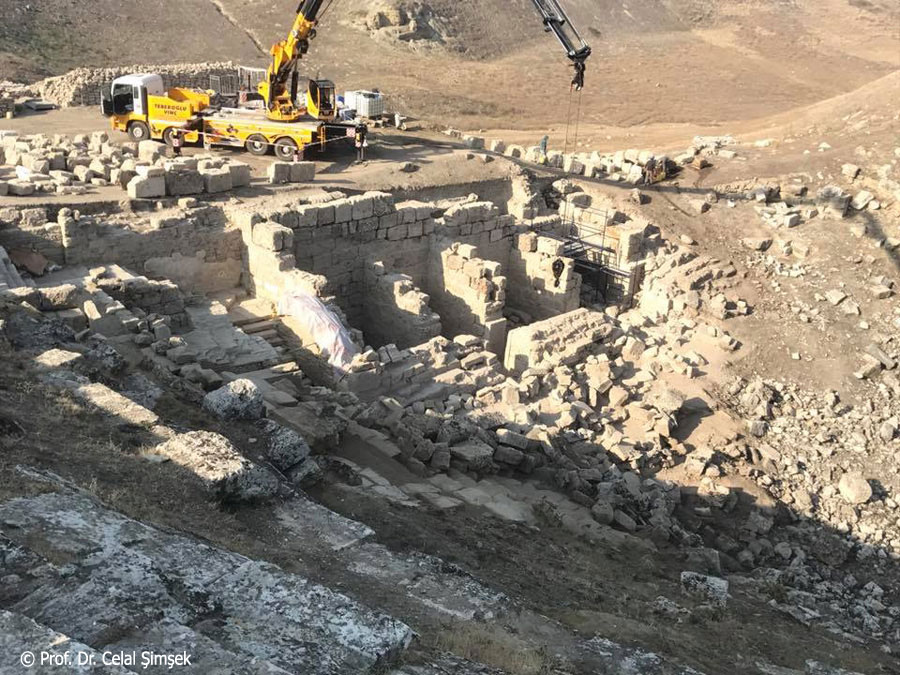 |
||||||||||||
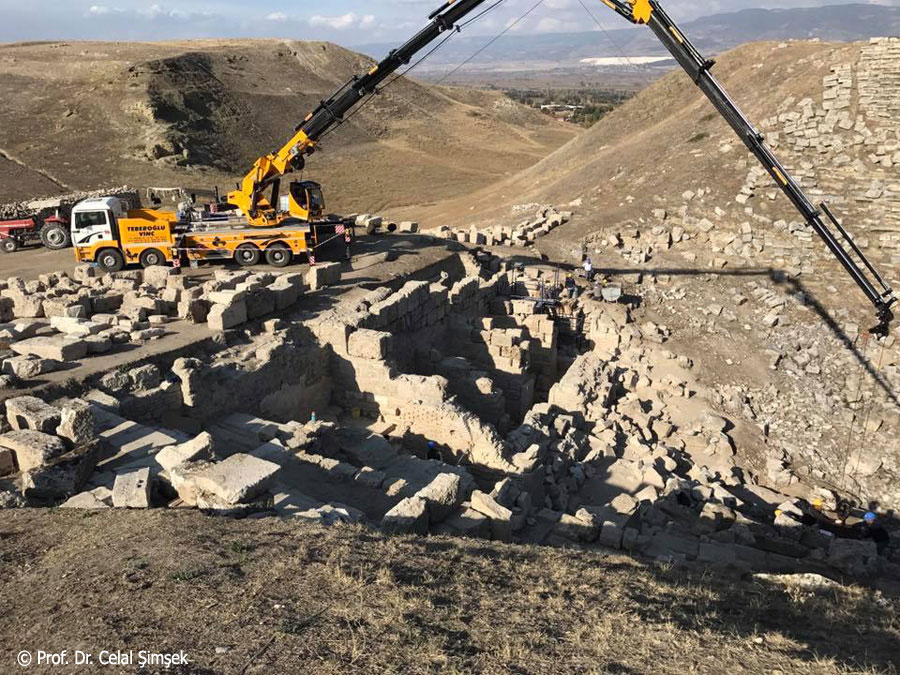 |
||||||||||||
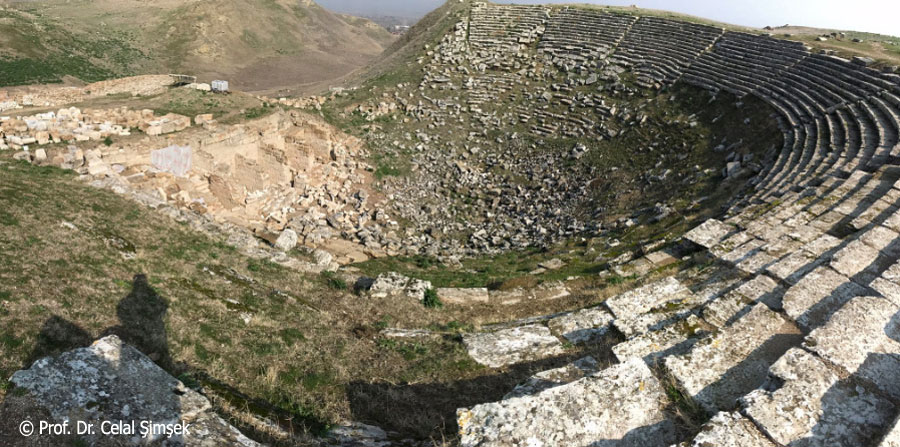 |
||||||||||||
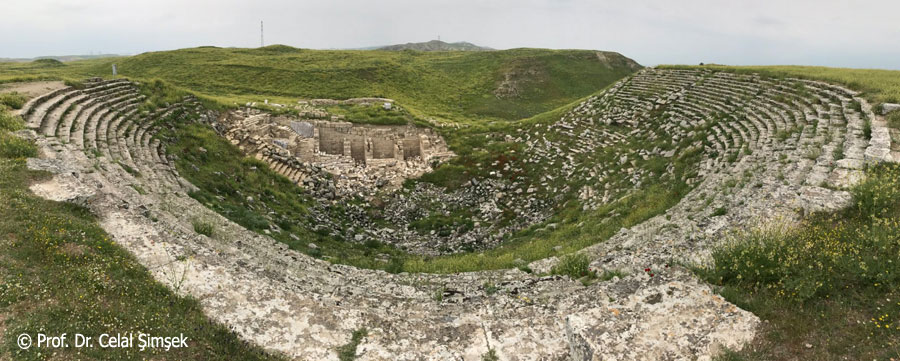 |
||||||||||||
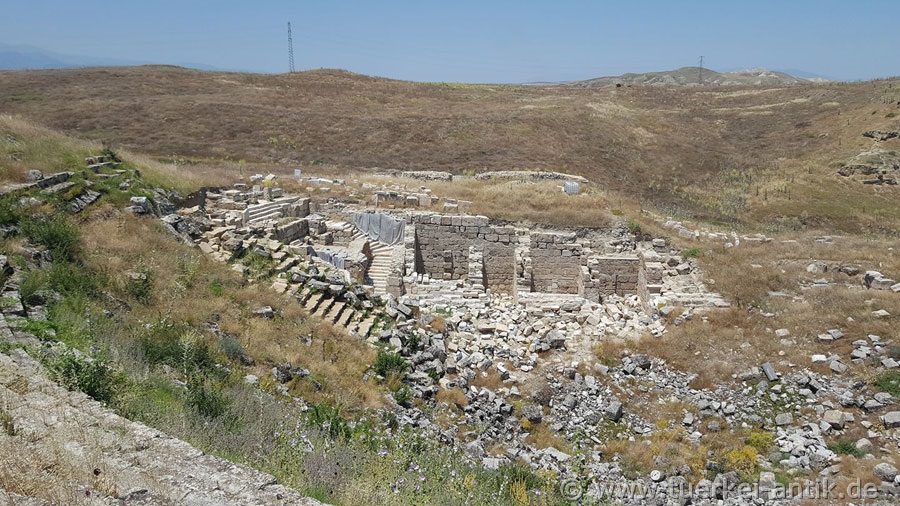 |
||||||||||||
|
28.06.2017 Photo: Graeme Patrick Houlden |
||||||||||||
| Photos: @chim, Prof. Dr. Celal Şimşek, Graeme Patrick Houlden | ||||||||||||
| Translation aid: www.DeepL.com/Translator | ||||||||||||
| Source: Wikipedia and others | ||||||||||||
|
|
||||||||||||

